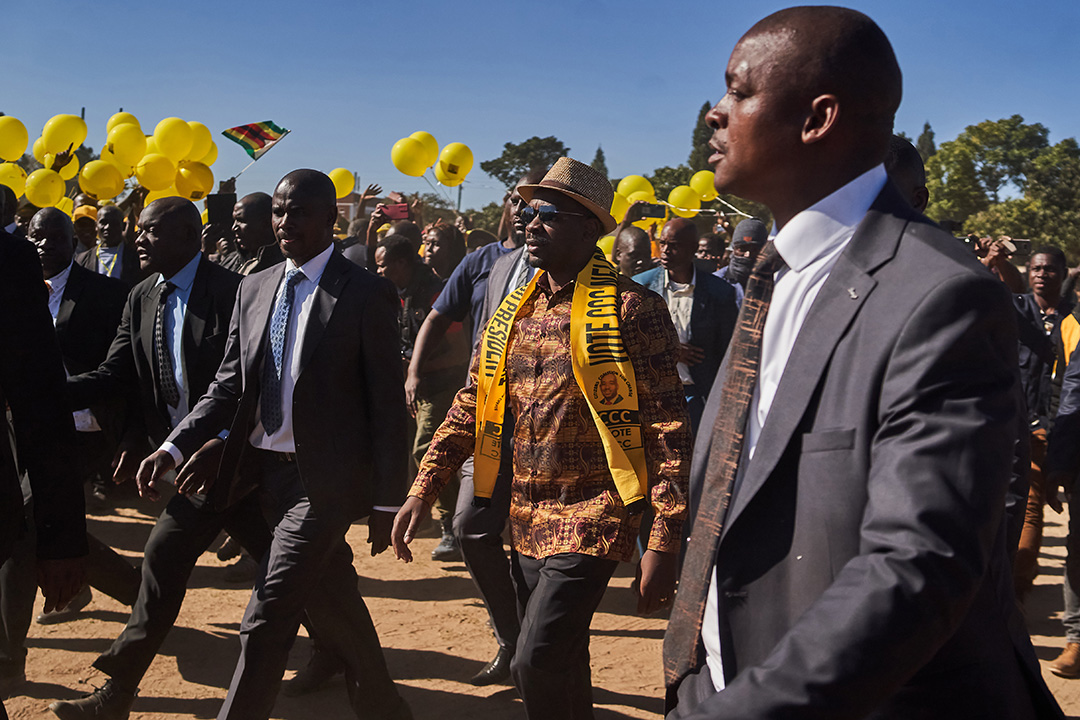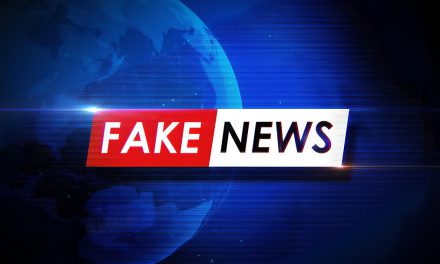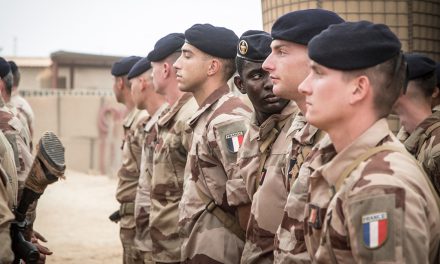
Nelson Chamisa (C), opposition leader of Citizens Coalition for Change (CCC) party, arrives at the party’s campaign launch rally in Gweru, Zimbabwe, on July 16, 2023. Photo by Zinyange Auntony / AFP
After the 2013 election in Zimbabwe, the SADC Electoral Observation Mission (SEOM) declared the following: “There were so many other elements that when put together elevated the election to a credible status; The free election environment, the peaceful environment in which the election took place, unhindered and non-intimidation to candidates and votes, free expression and campaigns, transparency and free voting constitutes the credibility under the prevailing circumstances … Therefore, this election was generally credible … SEOM congratulates ZEC and the people of Zimbabwe for holding a free, peaceful and generally credible harmonised elections of July 2013 in which the will of the people was expressed.”
Similarly, after the 2018 election, SEOM declared the following: “In conclusion, the Harmonised Elections of 30 July, 2018, represent a political watershed in Zimbabwe’s history as they may open a new chapter leading towards socio-economic recovery and consolidation of democracy.”
Ever wondered how the SADC Electoral Observation Missions (SEOMs) decide the merits of an election? What criteria are used? To better understand the development, I will attempt to unpack the process leading up to SEOM pronouncing a particular election considering the upcoming 23 August 2023 Zimbabwe election.
In April this year, the SADC Electoral Advisory Council (SEAC) carried out a pre-election Goodwill Assessment Mission to Zimbabwe. As is tradition, the objective of the Mission was to assess whether the political and security environment in the country was conducive for the holding of elections based on the following conditions:
- In conformity with the SADC Principles and Guidelines Governing Democratic Elections (2021).
- Whether the legal framework governing the 2023 General Elections is in place.
- Whether the Zimbabwe Electoral Commission (ZEC) is prepared to conduct democratic elections.
It is the custom for a SEAC mission to engage with a wide range of stakeholders in a SADC Member State that is planning to conduct an election. These engagements are vital in assisting SEAC to appreciate the national context to better inform the Chairperson of the Organ on Politics, Defence and Security Co-operation on whether to deploy a SEOM during an election cycle.
SEOM’s Assessment processes
At the end of any election cycle, SEOM will compile a mission report based on their observations and engagements with various stakeholders during their deployment. To better understand the process, I will give a brief overview of the steps involved in declaring an election free, fair, transparent, credible and peaceful.
Once a Goodwill Mission is concluded, a report is compiled on the mission’s findings. These findings, according to paragraph 7.1.1 (b) of the SADC Principles and Guidelines Governing Democratic Elections (2021), are required to:
Report to the Ministerial Committee of the Organ (MCO) on whether the political environment is conducive to the holding of free, fair, transparent, credible, and peaceful elections in conformity with the SADC Principles and Guidelines Governing Democratic Elections.
To meet the above requirement, SEAC should carry out a comprehensive assessment focusing on the indicators which point towards an environment conducive to the holding of free, fair, transparent, credible and peaceful elections.
In an ideal setting, this assessment should be objective, as SADC does apply the principle and practice of electoral credibility based on evidence-based observation of the following key considerations. Two main concepts have been applied:
- Free elections
- Fair elections.
Additional concepts are also considered which are essentially in support of the first two:
- Credible elections
- Peaceful elections
The final concept considered is:
- Transparent elections.
According to SADC, a total of 26 indicators are applied consistently to assess the implementation of these 5 concepts of assessing the conduct of an election.
In addition, SADC observers must also consider the following principles to strengthen their final mission assessment:
Free elections – this questions whether Fundamental Human Rights and Freedoms have been adhered to during the electoral process. This is a measurable concept with seven specific indicators:
- Freedom of speech and expression of electoral stakeholders.
- Freedom of assembly and association.
- Freedom of access to information.
- The right to transmit and receive political messages by citizens.
- Principles of equal and universal adult suffrage.
- Right of voters to vote in secrecy.
- Right to register complaints without undue restrictions or repercussions.
Fair elections – there are six indicators focussing on whether elections are:
- Conducted in conformity with established rules and regulations.
- Managed by an impartial, non-partisan, professional and competent EMB.
- Held in an atmosphere of respect for the rule of law.
- Guaranteed rights of protection for citizens through the electoral law and the constitution and reasonable opportunities for voters to transmit and receive voter information.
- Defined by equitable access to financial and material resources for all political parties and independent candidates in accordance with national laws.
- Where no violence, intimidation or discrimination based on race, gender, ethnicity, religion or other considerations specified in the SADC Principles & Guidelines.
Credible elections – there are two indicators:
- The election has considerable support and confidence of citizens, international or regional community.
- Leading to mutually agreeable results from competing entities participating in the election.
Peaceful elections – in the absence of intimidation or violence. The following seven indicators have been applied to assess whether the electoral process is:
- Punctuated by calm.
- Undisturbed and untroubled by violence or intimidation.
- Conflict-free.
- An atmosphere where all citizens are free and unhindered to express their right to vote.
- Citizens are able to offer themselves for election without intimidation.
- Citizens communicate their electoral choices freely.
- Enjoy freedom of assembly and association.
Transparent elections –the following four indicators determine if an election is conducted in:
- An open
- Clear
- Visible
- Unhindered manner.
In short, we know SEOM will announce their findings on the 23 August 2023 election in Zimbabwe after they have carefully considered the above indicators in their assessment of the election period. Having a better understanding of how the election classification process works, analysts and aggrieved stakeholders should hold SADC accountable, based on SADC’s own principles supported with any empirical evidence that may be contrary to the election being declared free, fair, transparent, credible and peaceful.
This article first appeared in the Mail & Guardian on 4 August 2023.
Craig Moffat, PhD is the Head of Programme: Governance Delivery and Impact for Good Governance Africa. He has more than 17 years of practical experience working for government institutions and multilateral organisations. He was previously employed by the South African Foreign Service, where he worked extensively at identifying and analysing security threats towards South Africa as well as the southern Africa region. Previously, he was the political advisor for the Pretoria Regional Delegation of the International Committee of the Red Cross. He holds a PhD in Political Science from Stellenbosch University.












